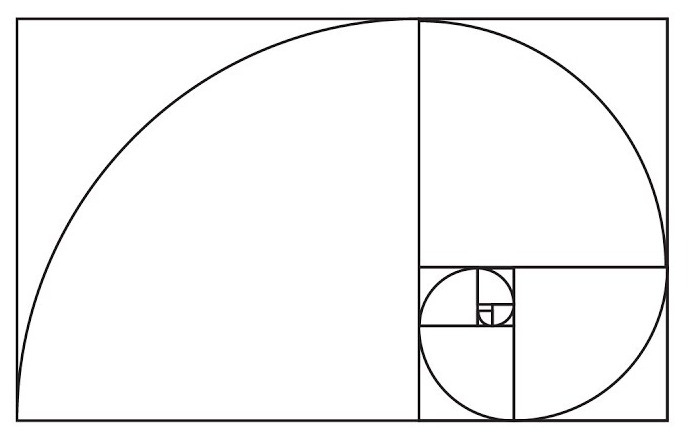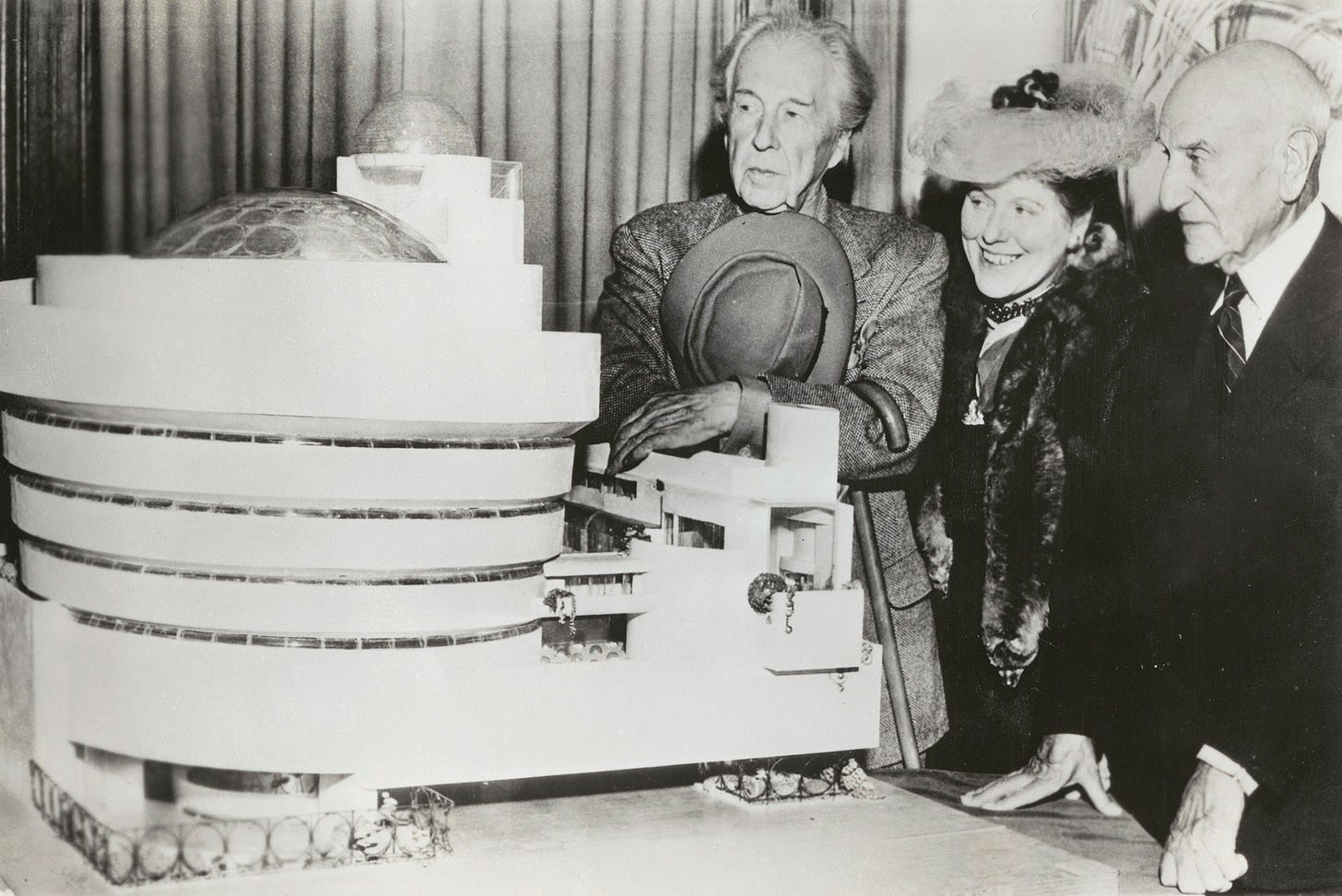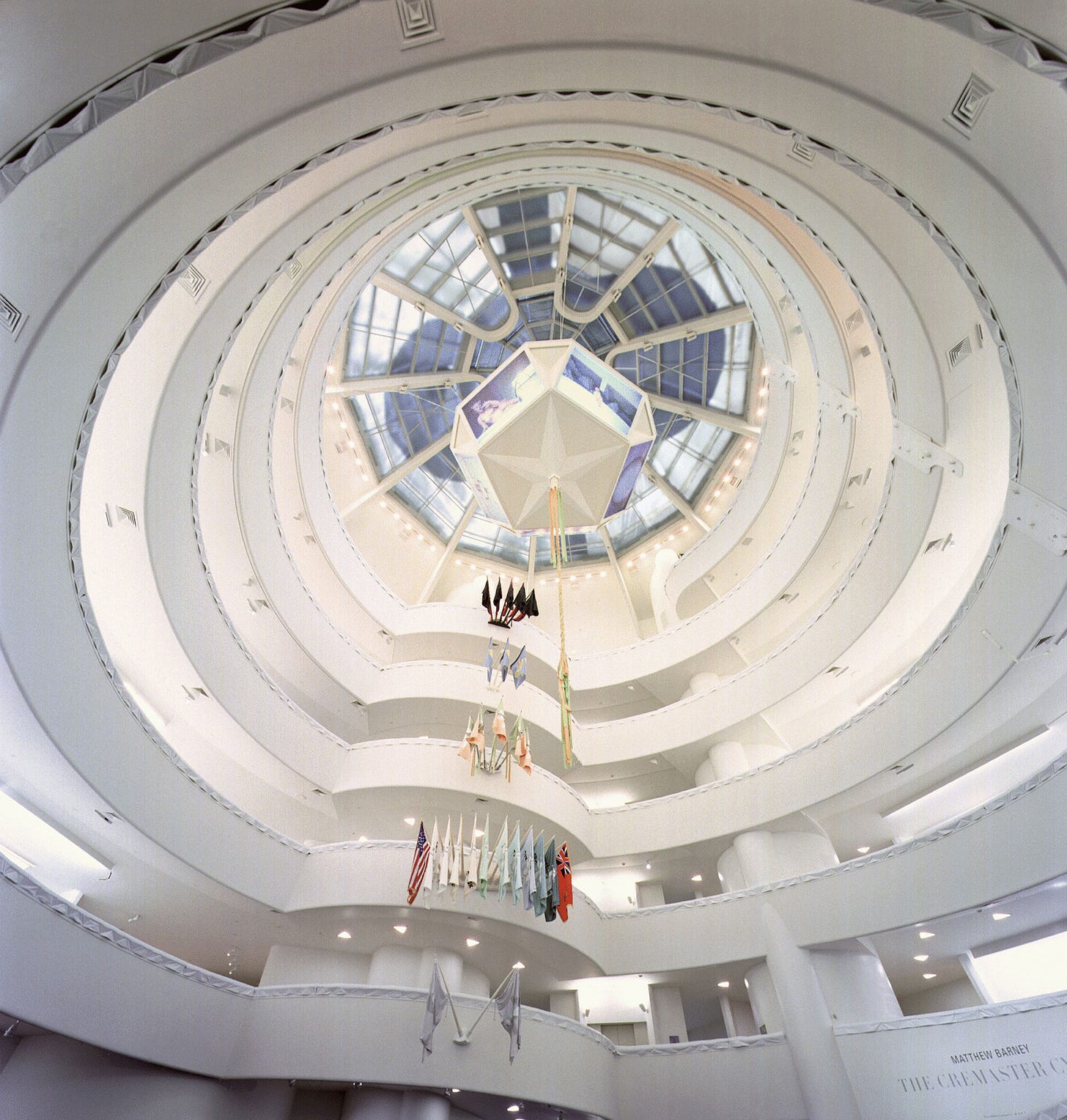My fascination with the Guggenheim Museum
Despite my many trips to New York City and my love of art museums I’ve never been to the Guggenheim. While being an art lover is one of my many passions, the architectural design of the Guggenheim museum is what has peaked my interest the most over the years.
The museum was designed by legendary architect Frank Lloyd Wright and it’s considered to be a landmark work of 20th century architecture. Mr. Wright was contacted (by letter) in 1943 by businessman, Solomon R. Guggenheim and abstract artist, Hilla Rebay. They asked Wright to design somewhere for Guggenheim’s large collection of artwork to be housed. The design took Wright 15 years to complete. In this time Wright drew over 700 sketches and 6 sets of working drawings. By the time he was finished, construction costs nearly doubled.
Frank Lloyd Wright, Photo - Frank Lloyd Wright Foundation
My fascination with the museum’s design is mostly with its linear design. Wright wanted the museum to be one linear loop and not have visitors move from one room to another. Instead, visitors would be able to walk from level to level seamlessly without really realizing it. It is said that Wright drew inspiration from French architect, Le Corbusier, on a project he did called the “Museum of Infinite Growth.” The spiral/coil idea Le Corbusier used is a direct reference to the ancient Greeks’ Golden Ratio. I can imagine this type of design allows visitors to really take their time to look at the artwork and not feel rushed to see the next thing. I also like that the building is a big contrast from its skyscraper neighbors.
A sketch and Models of the “Museum of Infinite Design.” Images from evolutionary urbanism.
The Golden Ratio
Another interesting part of the design in the Guggenheim is the massive skylight. Wright felt that art should be viewed in natural light and he argued with the director of the museum James Johnson Sweeney about it in a letter. Wright wrote "“Isn’t a picture (like sculpture and like a building) a circumstance in nature; sharing light and dark—warm and cold—changing with every subtle change: seen now in one light; now in another?” Mr. Wright also thought that the paintings should be displayed as if they were on an easel, but instead they are mounted on a curved wall with limited space for each one.
Photos - The Guggenheim Museum
Although some believe that the museum is a monument that Wright designed for himself rather than the art inside, I still think it’s one of the most fascinating buildings to look at and read about.
The Guggenheim Museum was completed in 1953 and is on the top of my list for my next visit to the city.









